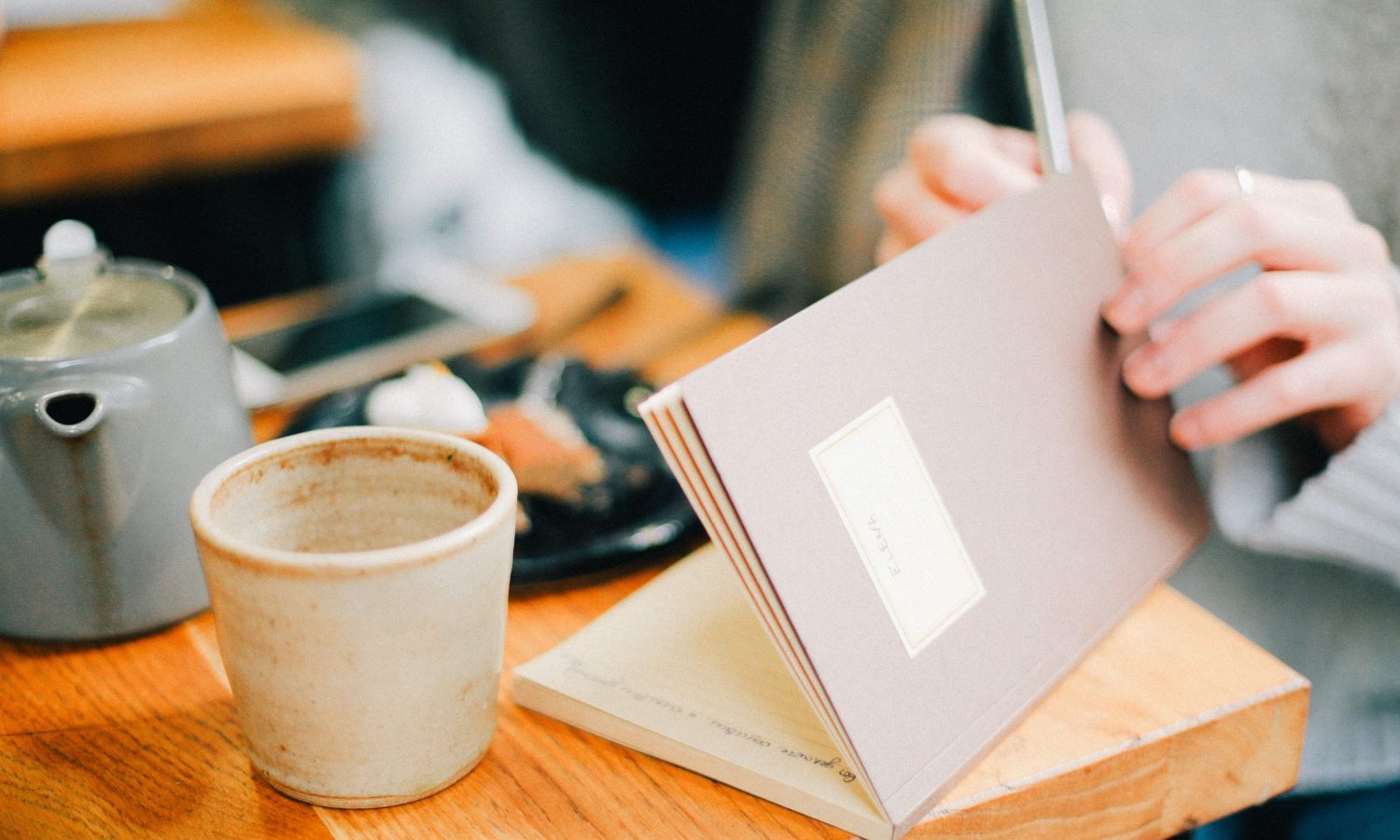Everyone can work a little harder to live better and, in the case of depression, some preparation and planning provides plenty of benefits.
Depression encompasses many symptoms. It can also look different depending on the person who’s affected. Usually associated with deep sadness, depression can also look like a lack of interest in things people used to enjoy, irritability and a difficulty in managing everyday life, like work and relationships. It’s the worldwide leading cause of ill health, affecting over 300 million people.
People with depression can lead comfortable and normal lives, especially if they’re going to therapy and taking the appropriate medication. Still, everyone can work a little harder to live better and, in the case of depression, some preparation and planning provides plenty of benefits, giving people coping tools and strategies that’ll allow them to stay productive even when experiencing rough symptoms.
Health activist Jessica Gimeno gave a TED talk on depression, sharing her most productive strategies for coping with the illness. Here is a brief breakdown:
Be proactive
Gimeno explains that in order to develop a plan and act ahead, you need to know your symptoms of depression and figure out what works best for you. Pinpoint your individual warning signs, whether that means trouble falling asleep, apathy, spending too much time on your phone, etc. Once you start spotting these symptoms, look for coping strategies that have worked for you in the past, like talking out your feelings with a friend or going for a run. The sooner you act, the better, preventing your emotions from spiraling out of control.
Prioritize

RELATED: 5 Ways To Prep For The Winter Blues
Prioritize the activities that need to get done and go easy on the things that can wait until you’re feeling better. Split up your activities between the essentials and the non-essentials, prioritizing work over social gatherings that can be held at any time. Gimeno says that instead of worrying over getting things done, you should use this time to say no to non-essential activities.
Let the difficulty of your tasks lead your actions
“When I’m depressed, I label all tasks as a 1, 2 or a 3. If it’s an easy task, it’s a 1; examples include eating breakfast or taking a shower,” explains Gimeno. “If it’s a moderately difficult task, it’s a 2, and a 3 is reserved for difficult tasks. For example, finishing a paper in college, scheduling an appointment with your child’s teacher, or meeting a difficult work deadline.”
Gimeno says she focuses on completing most level 1 tasks when in a depressive episode, working her way up to level 2 and 3 tasks. This method allows you to keep track of your goals, with each task that’s scratched off the list representing that you’re getting more done.


